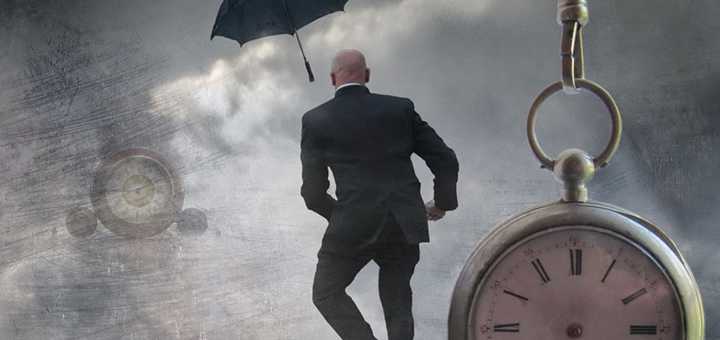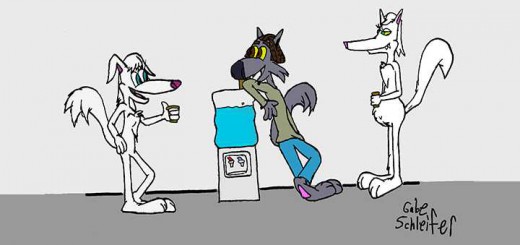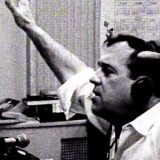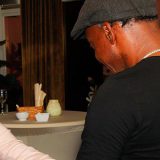Time To Grow Your Audience
Melody Kramer solved a knotty problem for me. I came across a post she wrote when I was in the midst of deciding how long my new podcast episodes would be. Her insight helped me and it might help you, too.
Times Are Changing
Miles are a standard measurement of distance. But, if you were the proverbial visitor from another planet you might not know that.
“How far is it to that little hotel by the beach?”
“About an hour.”
Somewhere, we through out miles and substituted time as a measure of distance. According to Kramer, there’s a similar change afoot. The way we measure time has changed. She writes that her “…escalator ride is two emails long and I can read 23 tweets in the line at the supermarket.” That perception shift carries a clear message. Minutes and seconds are no longer the right units of measurement for our podcasts.
Who’s Your Listener (Yes, Singular)
I find it difficult to make any business or creative decisions when I think about my target audience in purely demographic terms: age range; income level; geographic location; occupation and so forth. I communicate more effectively when I conjure up a specific listener: a 60-something; professional; college-educated; suburban or upscale urban lifestyle; well-informed; active (physically and mentally). I call my prototypical male listener George. His female equal is Linda. I don’t know why. Those names fit the mental image I have of whom I’m talking to.
So, who are your George and Linda? You need to know. Here’s why.
In-Habiting My Listener’s Life
To grow an audience I wanted my listener listening out of habit. Making the show a habit means forming a link between listening to it and some regular activity.
In the case of Out Of My Mind, new episodes go online Saturday mornings at 8 Eastern. Saturday morning is when I imagine George and Linda do little chores around the house, perhaps take care of their weekly shopping. George might take the car to the car wash. Linda might do a load of laundry. I wanted a podcast that, in the spirit of Kramer’s post, matched its length to those types of activities. That’s how I would establish that sought-after habit: Out Of My Mind is laundry-doing listening or grocery-shopping listening or even looking-for-a-parking-space-in-the-mall-listening.
What are your George and Linda doing while listening to your podcast? What kind of listening habit do you want to establish?
Content With Your Content
I knew the content I wanted in the show: a number of different stories on different topics. From past experience I knew I could produce about three to four of these stories each week. How did this help me decide on the length of an episode? I assumed George and Linda were engaged in other activities while listening to it. If each segment went on too long the show would drift into the background and I’d lose them. My plan involved shaking things up every few minutes. And, from what I imagined George and Linda were doing, 15 to 20 minutes was my sweet spot for each episode’s length.
The rest was simple math.
I’d do stories that were about 3 1/2 to 4 minutes long, and one story that was longer so I could tell it in more depth. I opted for a length of 17 minutes, both to satisfy George and Linda and to give me a marketing opportunity. We expect the world to run in multiples of five minutes. Seventeen minutes breaks that mold and prompts questions that open the door for my it’s-the-show-for-baby-boomers-who-haven’t-lost-their-curiosity marketing pitch.
What about you? Are your George and Lindas giving you only part of their attention? How much? How do you manage what they do give you within the context of your show? How do you shake your show up to hold on to, or increase, the share of mind you get from them? Is your show slipping to the backs of their minds because it’s too much of the same thing, which makes it easier to ignore?
Honesty: Your Show’s Growth Hormone
You want to be brutally honest about who George and Linda are and what they’re engaged in while listening. If you back into this in order to justify the show you’re doing, or plan to do, you’ll defeat the whole purpose of your analysis. Shows become habits because listening to them works for a listener’s life and lifestyle. You can satisfy yourself or satisfy your listener. That’s up to you.
Whether you grow your audience, well that’s up to you, too.









